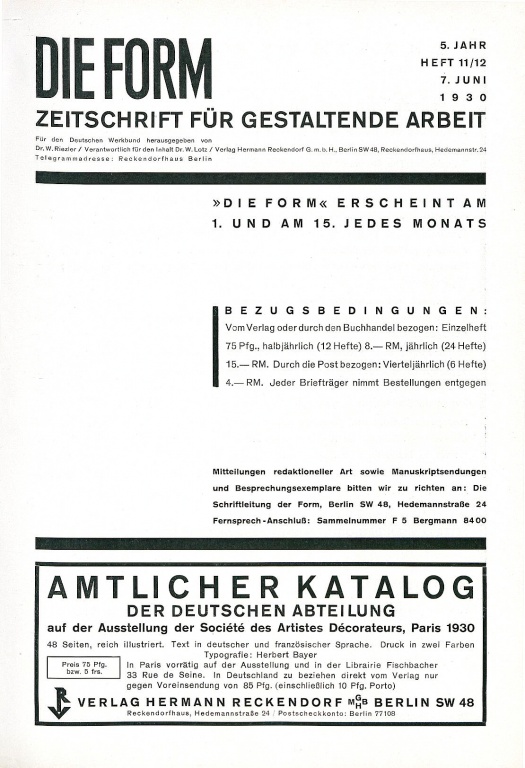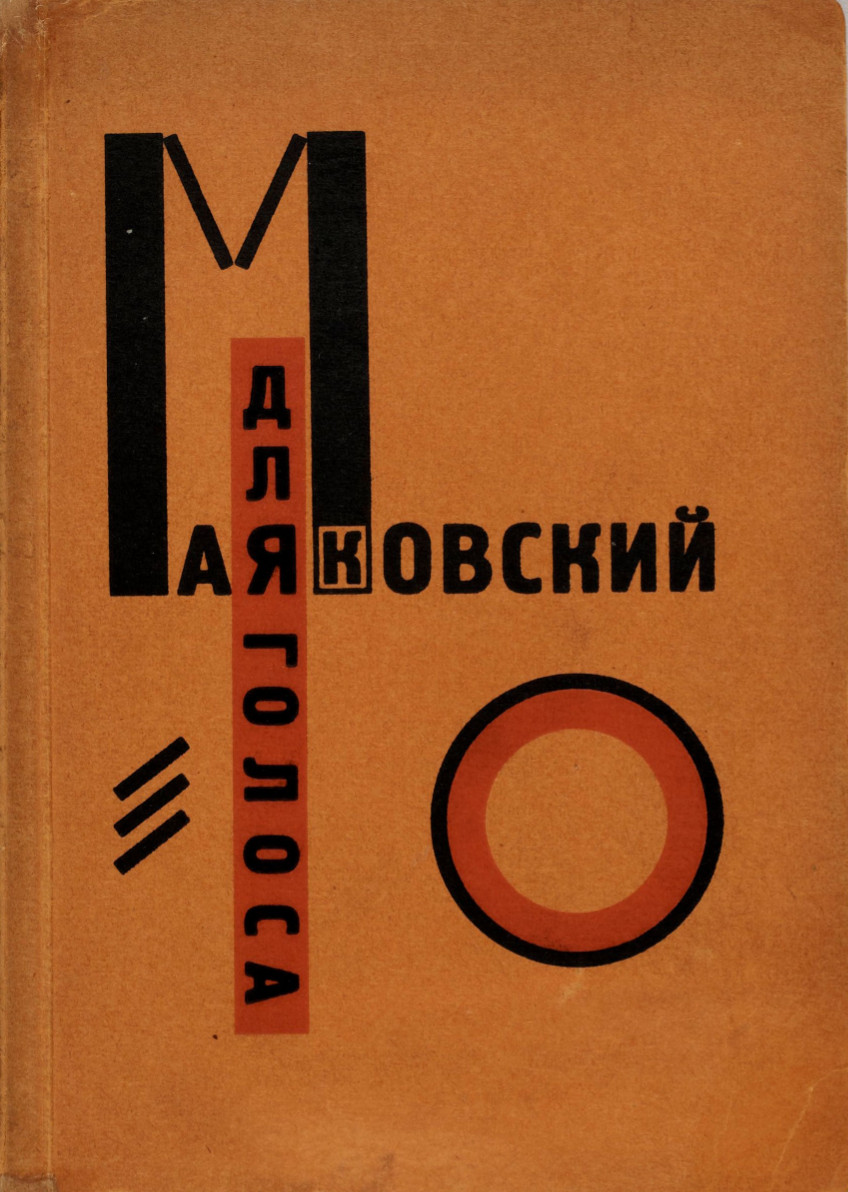Craig Dworkin: No Medium (2013)
Filed under book | Tags: · architecture, art, art theory, attention, body, book, conceptual art, dada, film, fluxus, literature, media, music, painting, paper, phonograph, sculpture, sex, silence, temporality, time, translation, typography
“In No Medium, Craig Dworkin looks at works that are blank, erased, clear, or silent, writing critically and substantively about works for which there would seem to be not only nothing to see but nothing to say. Examined closely, these ostensibly contentless works of art, literature, and music point to a new understanding of media and the limits of the artistic object.
Dworkin considers works predicated on blank sheets of paper, from a fictional collection of poems in Jean Cocteau’s Orphée to the actual publication of a ream of typing paper as a book of poetry; he compares Robert Rauschenberg’s Erased De Kooning Drawing to the artist Nick Thurston’s erased copy of Maurice Blanchot’s The Space of Literature (in which only Thurston’s marginalia were visible); and he scrutinizes the sexual politics of photographic representation and the implications of obscured or obliterated subjects of photographs. Reexamining the famous case of John Cage’s 4’33”, Dworkin links Cage’s composition to Rauschenberg’s White Paintings, Ken Friedman’s Zen for Record (and Nam June Paik’s Zen for Film), and other works, offering also a “guide to further listening” that surveys more than 100 scores and recordings of “silent” music.
Dworkin argues that we should understand media not as blank, base things but as social events, and that there is no medium, understood in isolation, but only and always a plurality of media: interpretive activities taking place in socially inscribed space.”
Publisher MIT Press, 2013
ISBN 0262018705, 9780262018708
219 pages
Interview with the author (Critical Margins)
Author’s lecture at Penn Poetry & Poetics (video, 19 min)
Reviews: Johanna Drucker (Los Angeles Review of Books), Michael Leong (Hyperallergic).
Commentary: Richard Marshall (3:AM Magazine).
Die Form: Zeitschrift für gestaltende Arbeit (1922-1935) [German]
Filed under magazine | Tags: · advertising, architecture, art, art criticism, avant-garde, bauhaus, city, design, graphic design, industrial design, photography, typography



Die in den Jahren 1925-1934 erscheinende Zeitschrift „Die Form“ wurde von Walter Curt Behrendt für den Deutschen Werkbund herausgeben. Sie erschien im Berliner Verlag Hermann Reckendorf; ihre Auflage überschritt nie die Marke von 5.000 Exemplaren. Der Untertitel lautete von 1929 bis 1934 „Zeitschrift für gestaltende Arbeit“.
Bereits im Jahr 1922 hatte es einen ersten Versuch gegeben die Werkbund-Zeitschrift zu etablieren. So heißt es im Geleitwort des ersten Bandes (1925) von Walter Curt Behrendt „Mit dieser Zeitschrift setzt der Deutsche Werkbund ein Unternehmen fort, das bereits vor längerer Zeit begonnen, unter dem Druck der wirtschaftlichen Verhältnisse zunächst wieder aufgegeben werden mußte. Die Zeitschrift wird die Aufgaben der Formgestaltung für alle Gebiete des gewerblichen und künstlerischen Schaffens behandeln.“
Behrendt blieb bis Ende 1926 Herausgeber und wurde dann durch Walter Riezler abgelöst. Die Gestaltung der typographischen Umschläge lag in den Händen von Joost Schmidt. Er war seit 1919 am Bauhaus und leitete seit 1925 die Plastische Werkstatt. 1934/35 wurde die Zeitschrift von den Nationalsozialisten übernommen und dann eingestellt. (Source)
Publishers: Hermann Reckendorf, Munich and Berlin, 1922 & 1927-1932; Kurt Schroeder, Bonn and Berlin, 1925-1926; W. & S. Loewenthal, Berlin, 1933 (1-3); Wendt & Matthes, Berlin, 1933 (4-12), 1934 (1); Deutscher Werkbund, Berlin, 1934 (2-6); Walter de Gruyter, Berlin, 1935
via Universitätsbibliothek Heidelberg
Volumes (single PDFs) and separate articles (PDF, HTML):
Volume 1, 1922 (Die Form: Monatschrift für gestaltende Arbeit, 4 Issues)
Volume 1, 1925-1926 (15 Issues)
Volume 2, 1927 (Die Form: Monatschrift für gestaltende Arbeit, 12 Issues)
Volume 3, 1928 (Die Form: Monatschrift für gestaltende Arbeit, 15 Issues)
Volume 4, 1929 (24 Issues)
Volume 5, 1930 (24 Issues)
Volume 6, 1931 (12 Issues)
Volume 7, 1932 (12 Issues)
Volume 8, 1933 (12 Issues)
Volume 9, 1934 (6 Issues)
Volume 10, 1935 (1 Issue)
Vladimir Mayakovsky, El Lissitzky: Dlia golosa (1923) [Russian]
Filed under artist publishing | Tags: · avant-garde, constructivism, graphic design, poetry, typography

Dlia golosa [For the Voice], a collection of 13 poems by Mayakovsky, “constructed” by Lissitzky, has long been recognized as one of the finest achievements of Russian avant-garde bookmaking, a tradition in which poets and artists collaborated to create books that attained the status of art objects. By any reckoning, For the Voice is a landmark event in the history of modern graphic design. The book was inspired by the “new optics,” where ideas are given form through printed letters, turning them into pictorial signs, and by “words that are seen and not heard,” as Lissitzky wrote.
Для голоса [Dlia golosa]
Publisher R.S.F.S.R. Gosudarstvennoe Izdatel’stvo, Berlin, 1923
61 pages
via babs71
PDF (pages 14-15 are missing)
Comment (0)

